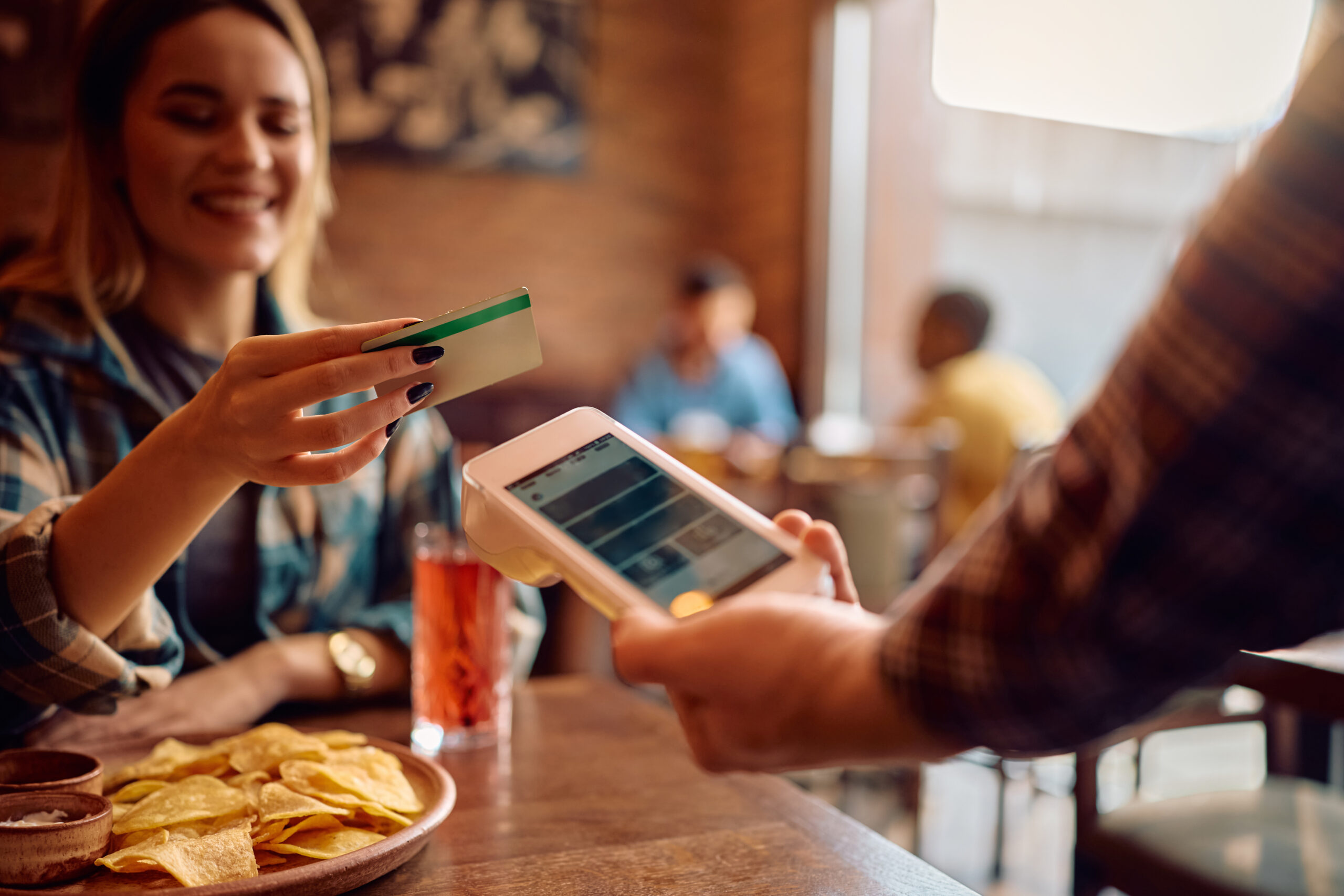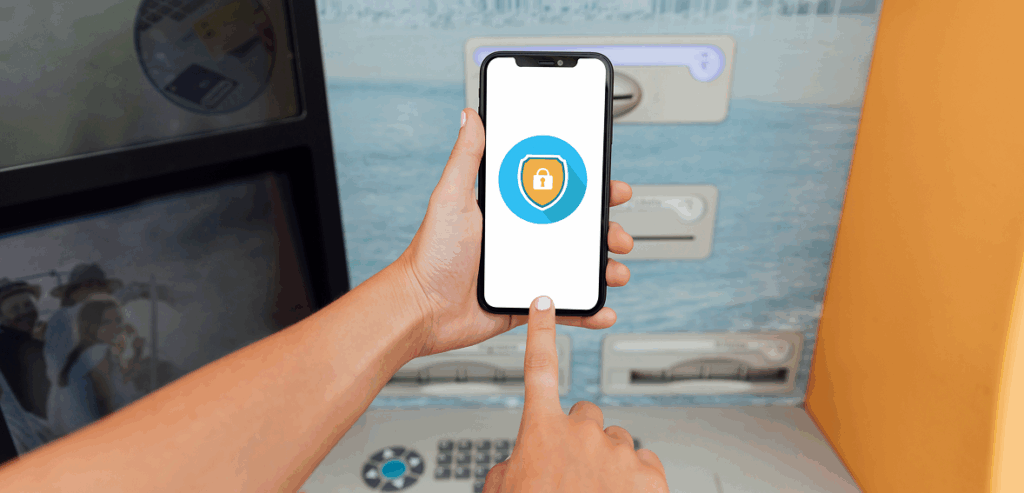
Mobile Payment Security in 2025: How Safe Are Apple Pay, Google Pay, and Contactless Transactions?
Security
Security as the Cornerstone of Mobile Payments
When new payment technologies emerge, one question always rises to the top: “Is it safe?”
That’s exactly where we are with mobile wallets and contactless payments. While more than 57% of U.S. adults now use digital wallets like Apple Pay and Google Pay, skepticism remains among both consumers and business owners.
The truth? Mobile payments are often more secure than traditional card swipes. With features like tokenization, encryption, NFC, and biometric authentication, these wallets bring multiple layers of security.
In this article, we’ll explore how mobile payment security works, the risks to watch for, and the steps businesses can take to protect themselves and their customers.
The State of Mobile Payments in 2025
- Mobile wallet usage has skyrocketed globally, with trillions of dollars processed annually.
- Businesses that enable contactless payments report faster checkouts, fewer chargebacks, and higher customer satisfaction.
- Yet, surveys show 30% of consumers hesitate due to concerns about hacking and fraud.
To bridge that gap, we need to understand the technology and safeguards powering these payments.
The Core Security Features of Mobile Wallets
1. NFC (Near Field Communication)
- Enables tap-to-pay at POS systems.
- Extremely short range (a few cm), making interception difficult.
2. Tokenization

- Replaces sensitive card numbers with unique one-time-use tokens.
- Even if intercepted, tokens are useless outside that transaction.
3. Encryption
- Data scrambled end-to-end, preventing eavesdropping.
4. Biometric Authentication
- Payments require fingerprint, facial recognition, or passcode.
- Stops unauthorized use if a phone is lost or stolen.
Mobile Payments vs. Traditional Cards
| Security Factor | Mobile Wallets | Plastic Cards |
|---|---|---|
| Data Sharing | Tokenized, card number never shared | Card number transmitted |
| Authentication | Face ID, fingerprint, PIN | Signature or none |
| Fraud Risk | Lower (tokens expire instantly) | Higher (skimming, theft) |
| Convenience | One-tap checkout | Swipe/insert slower |
👉 Takeaway: Mobile wallets reduce the risks of skimming, lost cards, and stolen numbers.
Consumer Benefits of Secure Mobile Payments
- Peace of Mind – Knowing payments are tokenized.
- Speed – Fewer steps at checkout.
- Remote Controls – Lost phone? Wallet can be disabled instantly.
- Added Rewards – Loyalty cards integrated without compromising safety.
Business Benefits of Secure Mobile Payments
- Fraud Reduction – Fewer chargebacks from counterfeit card data.
- Customer Trust – Shoppers view mobile wallets as advanced and safe.
- Future-Proofing – Staying aligned with consumer payment expectations.
- Better Data Protection – No need to store sensitive card details.
Real-World Security Incidents & Lessons
Starbucks App Breach (2015)
- Hackers exploited weak customer passwords.
- Lesson: User habits matter as much as technology.
Apple Pay Rollout Fraud (2014)
- Criminals used stolen cards to load wallets.
- Lesson: Banks must vet cards during onboarding.
Google Pay Enhancements (2020–2023)
- Introduced biometric-first authentication, reducing fraud attempts.
These incidents prove that while mobile wallets are secure, weak links like poor passwords or onboarding gaps can create vulnerabilities.
Risks & Vulnerabilities

Even with advanced safeguards, risks exist:
- Phishing scams tricking users into giving up credentials.
- Malware on devices stealing data.
- Public Wi-Fi threats during online wallet use.
- Human error (sharing PINs, using weak passcodes).
Regulatory & Compliance Requirements
- PCI DSS (Payment Card Industry Data Security Standard) — governs card data security.
- PSD2 (Europe) — mandates Strong Customer Authentication (SCA).
- GDPR / CCPA — privacy laws impacting wallet data usage.
Businesses must ensure processors and systems comply with these regulations.
Best Practices for Consumers
- Enable Biometrics (Face ID, fingerprint).
- Keep Devices Updated with the latest patches.
- Avoid Public Wi-Fi for payments.
- Turn on Transaction Alerts for visibility.
- Use Strong Passwords and avoid reusing them.
Best Practices for Businesses
- Adopt PCI-Compliant Processors like Stripe, Square, Clover.
- Upgrade POS Systems to accept NFC securely.
- Educate Customers about wallet security.
- Monitor Transactions in real time.
- Offer Multiple Wallet Options (Apple Pay, Google Pay, Samsung Pay).
The Future of Mobile Payment Security

Emerging trends that will shape the next decade:
- AI-Powered Fraud Detection — predicting and stopping fraud instantly.
- Biometric Wallets — palm vein scans, iris recognition.
- Quantum Encryption — unbreakable data protection.
- Wearable Authentication — payments confirmed via smartwatches or rings.
By 2030, experts predict that mobile wallets will surpass physical cards as the dominant payment method.
Why Security Drives Adoption
Consumers are willing to adopt new technology — but only when they trust it. Mobile wallets succeed because they blend convenience with advanced protection. Businesses that highlight wallet security in their marketing can boost adoption and loyalty.
Conclusion: Mobile Payments Are Safer Than You Think
The perception that mobile wallets are “risky” is outdated. With NFC, tokenization, encryption, and biometrics, they are among the most secure payment methods available today.
For businesses, offering Apple Pay and Google Pay is not just about convenience — it’s about building trust and protecting customer relationships.